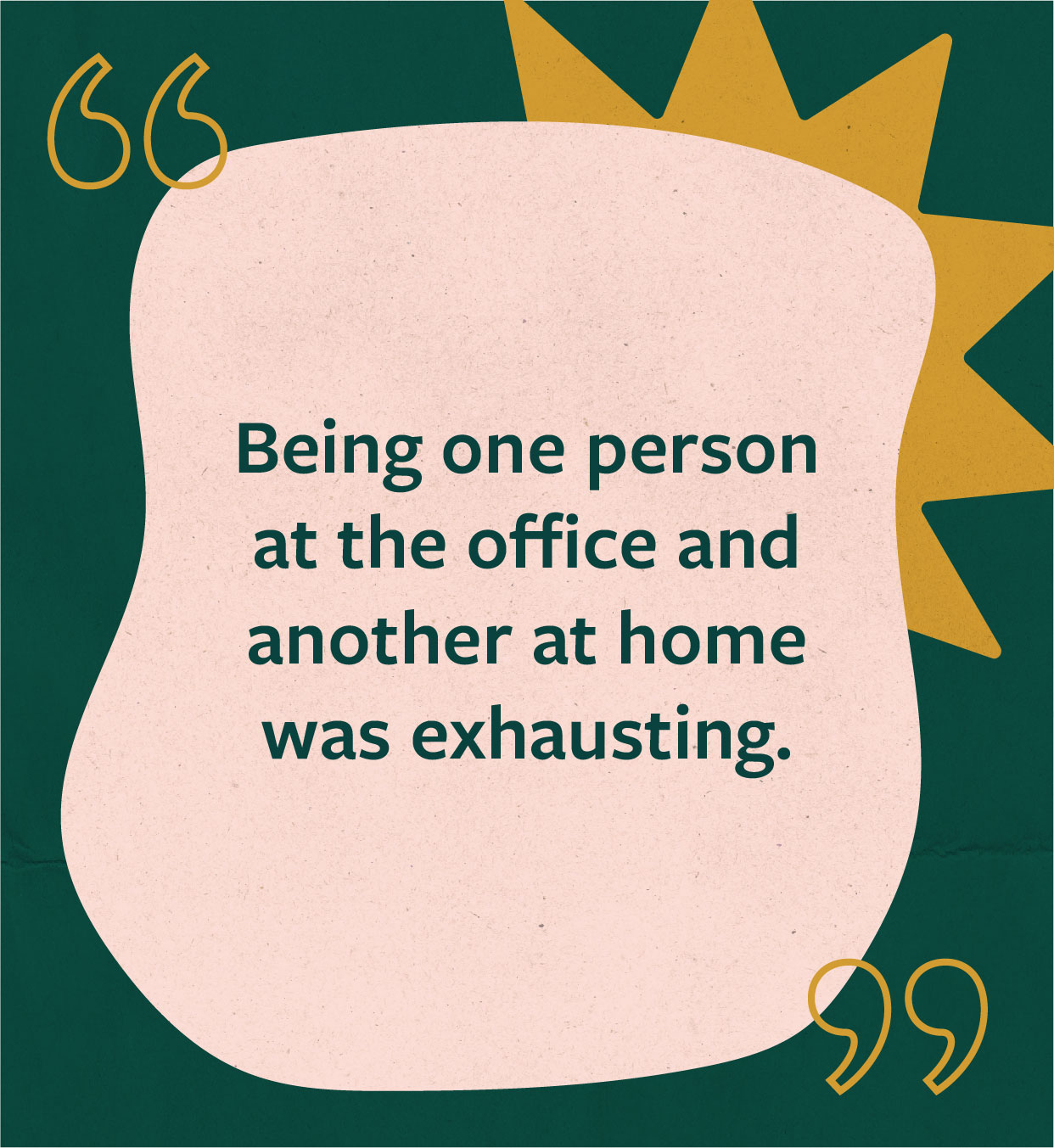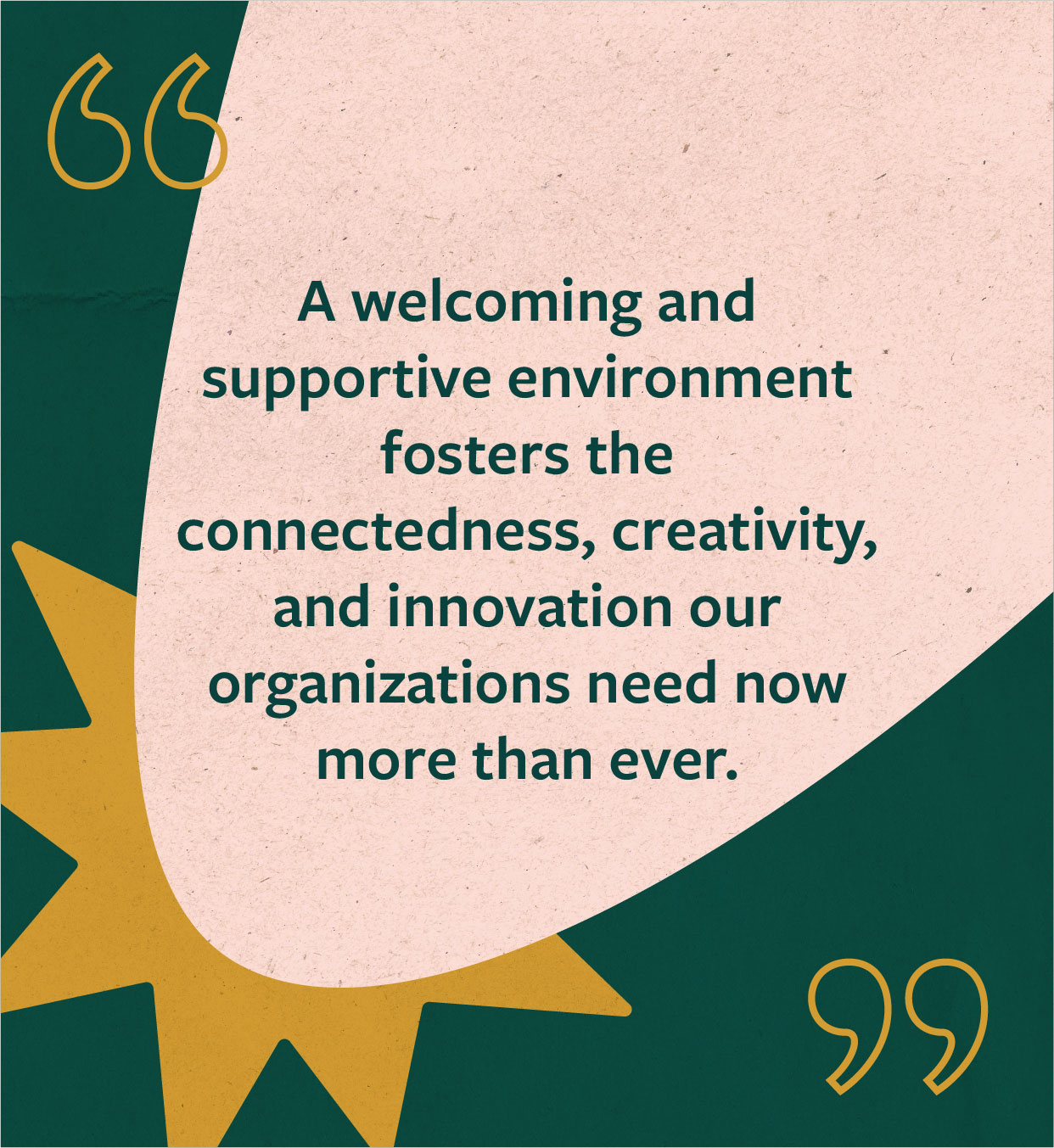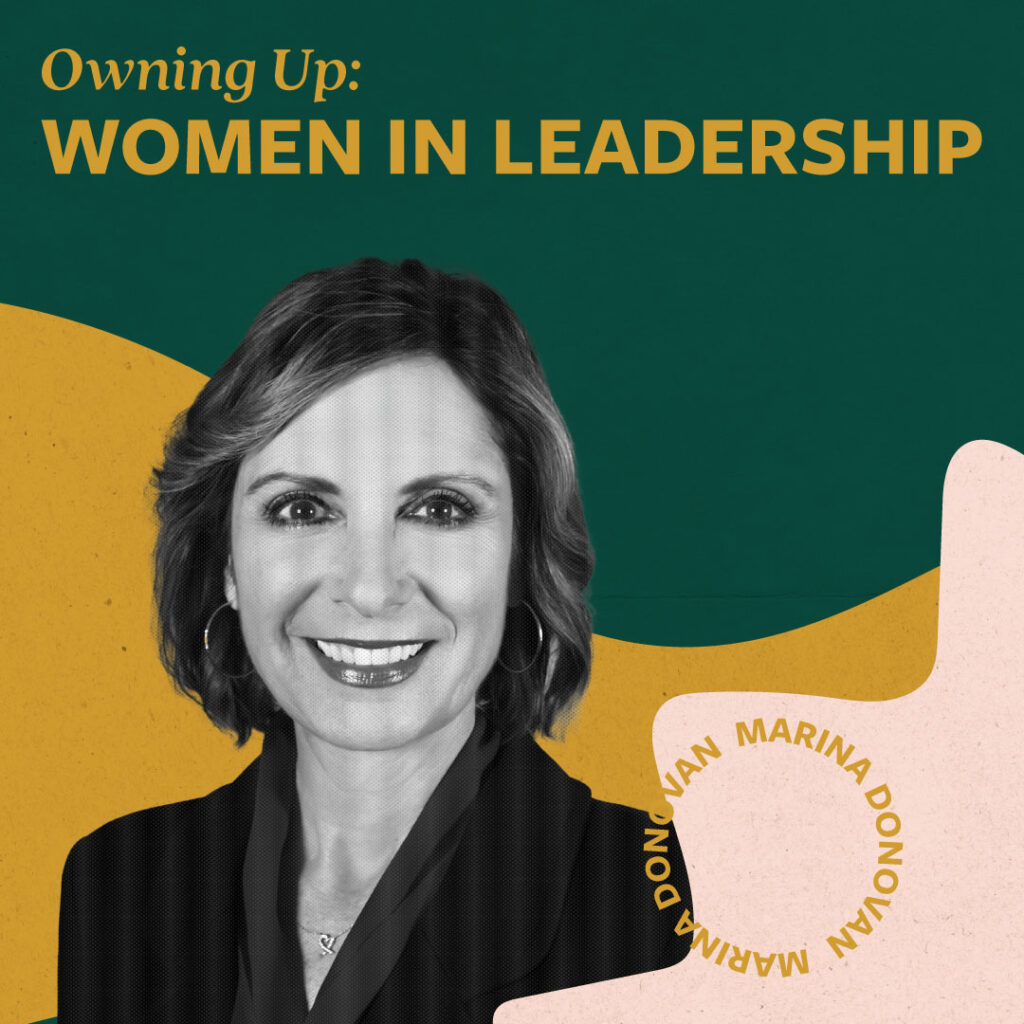Owning Up: Women in Leadership Series
Women held 31.7% of top executive positions across industries in 2021. At Stoltz, we know women make great leaders — and we envision a world where there are an equal number of women in leadership as men. We asked several women we admire who hold leadership positions, or are experts in their field, to share their experiences with us and what leadership means for them. Here is one of their stories.

Making It So: Strengthening Teams with Authenticity
— By Tracy Wiese
“Remember, from now on: every move you make, every word you choose, will be watched and weighed by employees across the company. You represent our executive team in everything you do — both at work and in the community. It’s an awesome responsibility; we know you’re up to the task.”
It was many years and several companies ago. I’d been promoted to a key role, the second woman on our executive team, and these were the words of encouragement from my boss. He meant well, certainly.
But what I heard was: Polish up that personal brand, because you now represent us: confident, analytical and serious.

The thing is, they’d promoted a bit of a weirdo. I’m still that scrappy kid who jumps headlong into new places and adventures — at times by necessity and others by choice. I’ve worked hard at a pile of unusual jobs. I’m great at making friends and very bad at saying goodbye; love to laugh and feel deeply for all creatures — human and non. A bit of a bell-bottom-corduroys gal in a designer-jeans world, if you will.
I began cultivating a version of myself more in line with the executive team’s us. During this time, we were watching old reruns of Star Trek at home. Captain Picard (my favorite of all captains of the Starship Enterprise; go ahead and fight me) was giving them hell, but they kept repeating, “Resistance is futile. Prepare to be assimilated.” At home, we joked that I was assimilating myself at work.

Guess what? It didn’t last. Being one person at the office and another at home was exhausting. Trouble sleeping was a regular occurrence; life was no longer quite as entertaining. I became withdrawn. My husband missed our shared laughter and sense of adventure.
You know what else? The team and our work also suffered. I’d been promoted to lead a team that included some of my former peers, and they didn’t particularly enjoy working with the new Tracy, a veneered and erudite lady. She didn’t talk with her hands or walk like an elephant through the office. She didn’t go out with the team for happy hour or cry at peoples’ baby pictures.
More importantly, she also didn’t make time for questions about how different actions would make people feel. “Work Tracy” didn’t sit with the team to openly brainstorm around issues, or even communicate with her trademark transparency. Sensing a leader who had closed herself off, my team returned the favor — our psychological safety was compromised. And we’ve all read enough to know what that does to a team’s ability to thrive.
Onto the scene crashed one Brené Brown. Suddenly we could name — in the context of shame, authenticity and vulnerability — this thing so many of us were experiencing as women and as leaders breaking into executive suites and boardrooms. We could better identify the damage we’d created by smoothing over our authenticity and vulnerability. The data was clear.

Returning to myself wasn’t akin to flipping a light switch, nor was it planned per se. However, it was deliberate. It felt like intentional breathing — trading in short gulps of air for long, relaxed breaths. One day at a time, one interaction at a time, I started to show up as myself again — corduroys and all. Okay, maybe not literally. Though that would have been awesome, in retrospect.
I never turned back.

After that experience, my business partner and I taught workshops on authenticity and personal brand. We realized ecosystem matters. We can’t bring forward our best selves if the environment is not supportive or welcoming. As leaders, and especially as women leaders, it’s our job to create a safe environment for our organizations. It’s up to us to show up — REALLY show up — as our best selves, every day with and for our teams. When we do, we help to create a culture that welcomes our team members’ unique strengths and gifts, and helps put them to work in healthy and productive ways. It also creates an environment that helps us lean into what we can do differently or better together. A welcoming and supportive environment fosters the connectedness, creativity, and innovation our organizations need now more than ever.
It’s a tall order, but authenticity is a powerful catalyst. As my favorite Star Trek captain Picard would say, it’s more than time to “make it so.”



